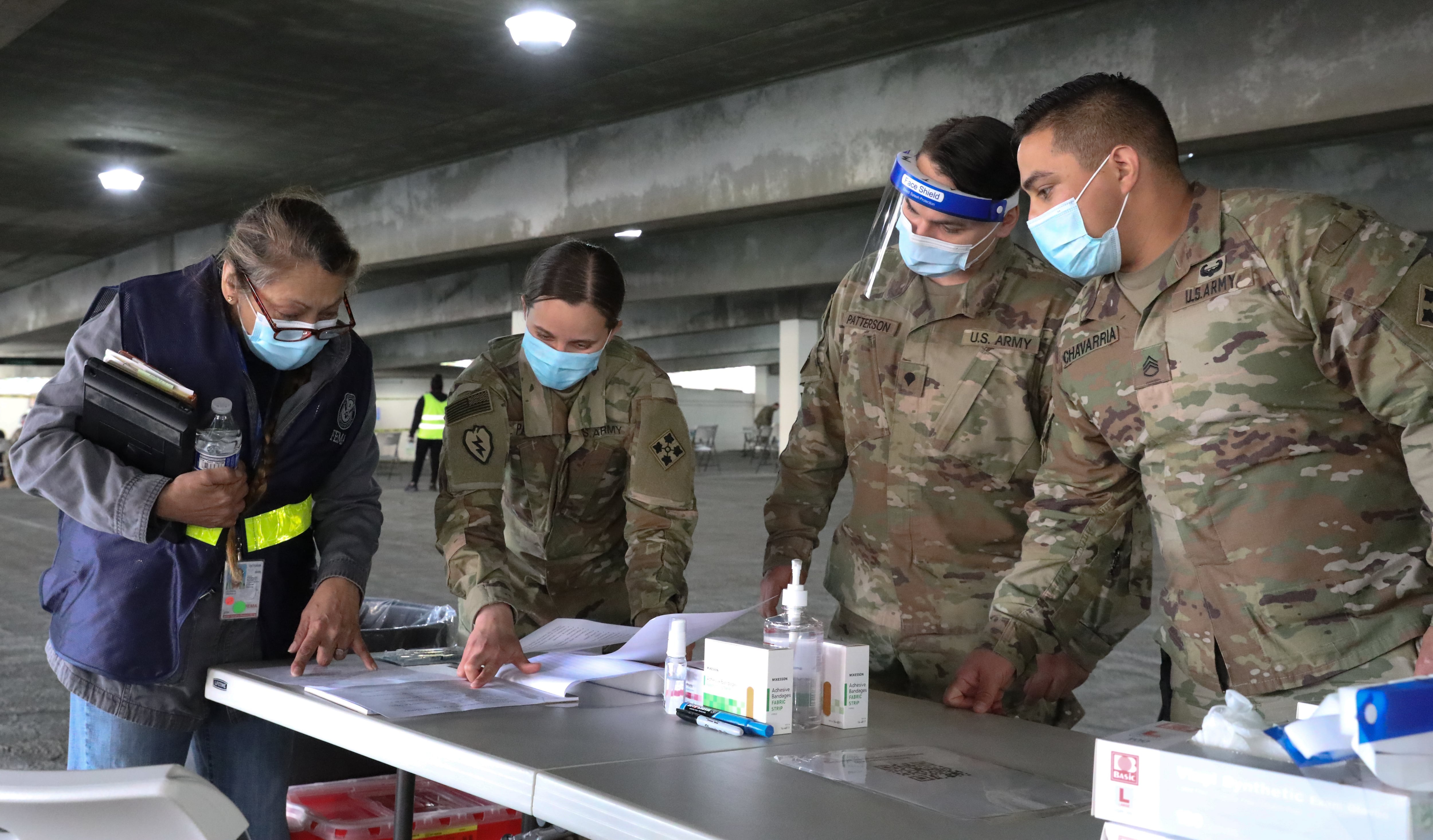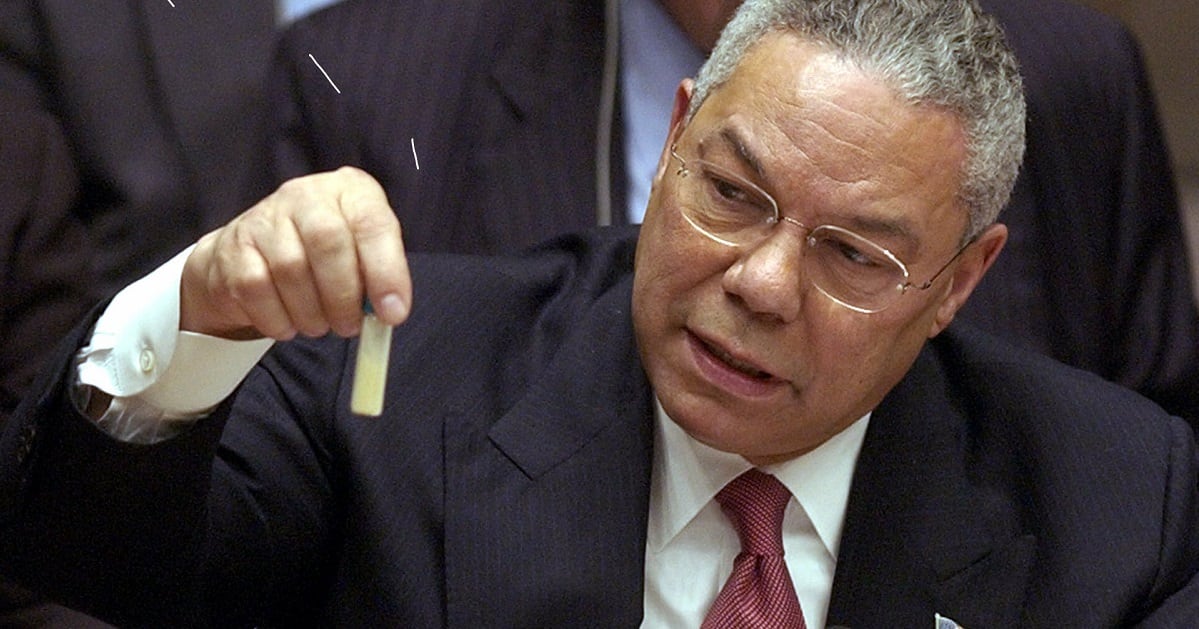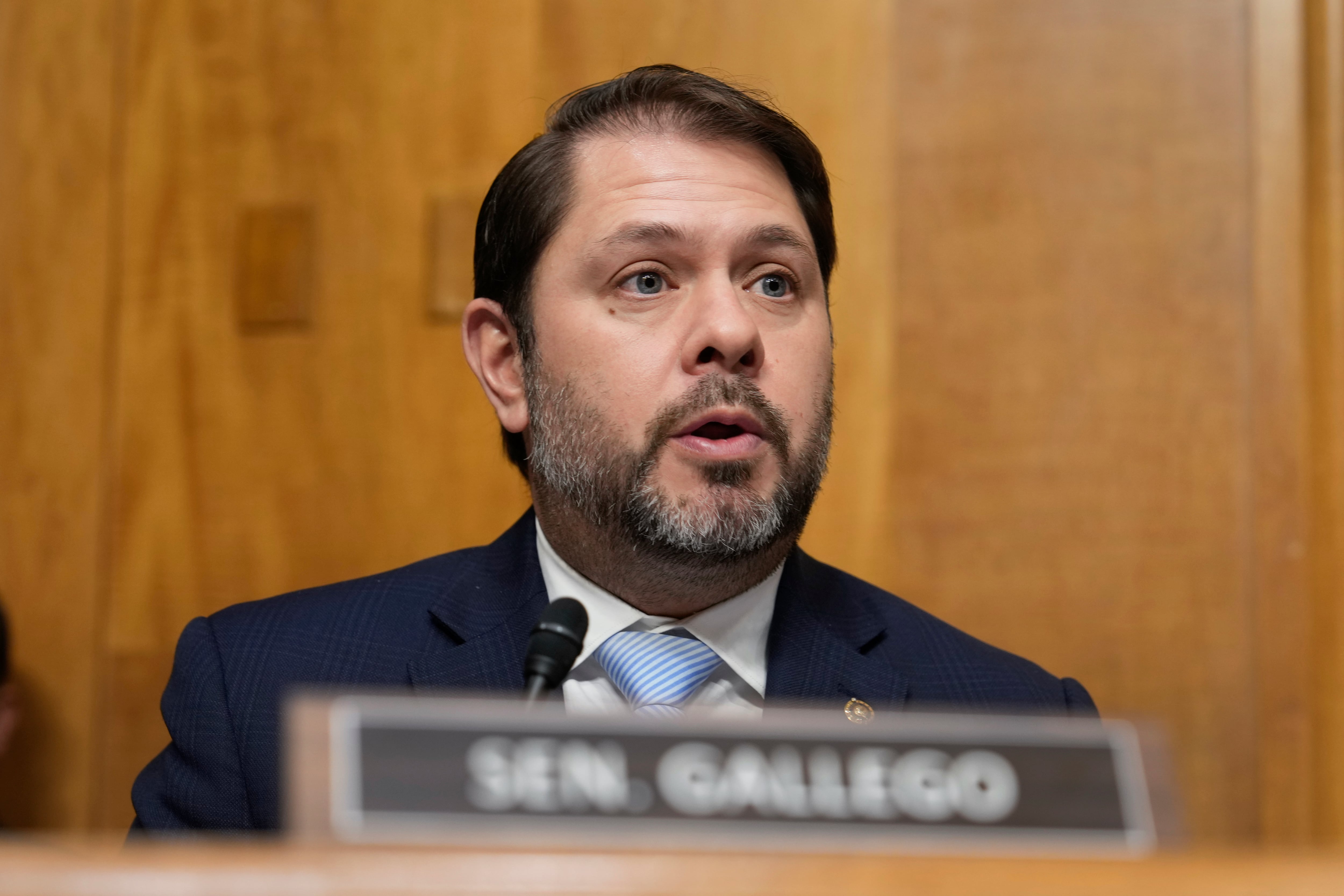In the roughly six months since the military first began offering COVID-19 vaccines to its frontline personnel, the Navy has outpaced the other services with its vaccination rate, which stands at 77 percent for active-duty sailors, the head of the Defense Health Agency told reporters on Wednesday.
The Army is just behind it with 70 percent, followed by 61 percent for the Air Force and 58 percent for the Marine Corps. The numbers reflect troops who have received at least one dose of vaccine, Army Lt. Gen. Ronald Place said.
“For those who’ve received their first dose in our system, we’re following up with each of them to ensure they get their second dose ― or at least significantly offer that opportunity,” he said.
The numbers roughly reflect estimates from earlier this year, when officials offered that they believed about one-third of service members were opting to get vaccinated once they became eligible ― based on surveys and data from the U.S. population and general.
The Marine Corps in April confirmed it was seeing about a 40-percent take rate, which has improved significantly.
“...we’re seeing individuals who may have been initially wary about the vaccine now come forward and ask for,” Place told reporters in March. “I expect that trend to continue.”
All service members have been eligible for vaccination since mid-April, and as reflected nationally, vaccine demand has slowed into the summer.
RELATED

As of Wednesday, 914, 528 service members are fully vaccinated, while 261,590 have received the first of two doses.
Among active-duty troops, 68 percent have received at least one dose, according to Dr. Terry Adirim, the acting assistant defense secretary for health affairs. Adding in the Reserve and National Guard components, just over 51 percent of all troops are at least partially vaccinated.
Officials didn’t offer explanations for the discrepancies in vaccination rates among the services, which have undertaken their own campaigns to convince their members to get the shot.
The Navy, in many ways, has borne the biggest brunt of the pandemic’s fall-out, which may have something to do with its vaccination rate. The carrier Theodore Roosevelt was sidelined in Guam for weeks in April 2020, after more than 1,000 of its crew contracted the novel coronavirus.
With ships steadily deploying through the pandemic, though with two-week quarantine periods on either end and liberty at port calls, the incentives to get vaccinated are a matter of quality of life.
The vaccines, still under an emergency use authorization from the Food and Drug Administration, aren’t legally mandatory for service members, and likely won’t be until they receive full authorization in the next couple of years.
Pentagon officials have ducked the question of whether they would push for an exemption to that law, which could only be granted by the president, who hasn’t made any public statements one way or another about the issue.
RELATED

With hospitalization and infection rates falling in many places, so, too, have on-base health protection levels. But concerns about variants, particularly the more deadly and more transmissible “delta,” have officials concerns.
“We are particularly concerned with the impact of the delta variant on our unvaccinated or partially vaccinated population and its potential spread at installations that are located in parts of the country with low vaccination rates,” Adirim said Wednesday.
Accordingly, she said, some bases could tighten up their movement restrictions again, ordering more telework and closing off access to installation facilities.
Those decisions are made locally, based on conditions in the surrounding communities, and vaccination rates are one factor in that decision.
“It’s really based on what the conditions are in the community,” Adirim said. “So if we’re at 68 percent of active-duty being vaccinated, then there’s 32 percent who are not vaccinated. So those people are at risk.”
Meghann Myers is the Pentagon bureau chief at Military Times. She covers operations, policy, personnel, leadership and other issues affecting service members.





